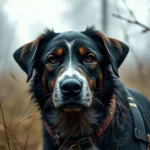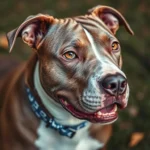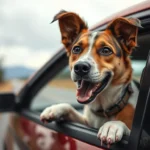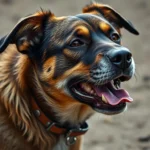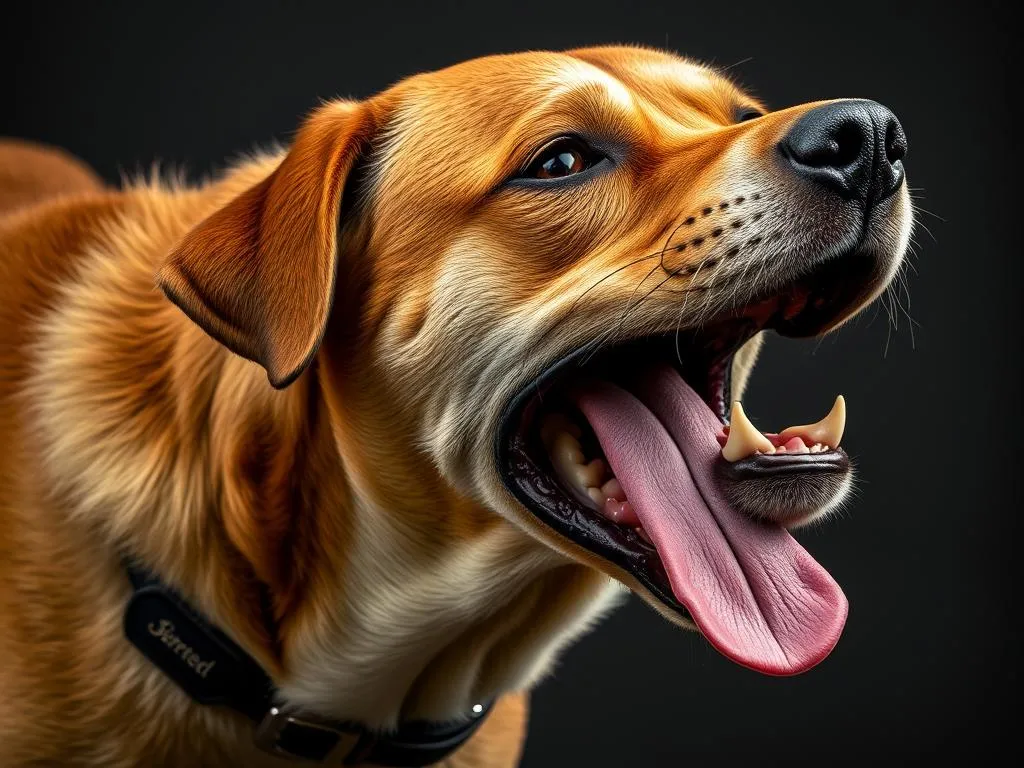
Introduction
When we talk about dangerous dog breeds, we refer to specific breeds that have been statistically shown to be involved in dog attacks or exhibit aggressive behavior. According to the Centers for Disease Control and Prevention (CDC), approximately 4.5 million dog bites occur each year in the United States, with certain breeds disproportionately represented in these incidents. This article aims to provide a nuanced understanding of dangerous dog breeds, dispelling myths and offering safety tips for both dog owners and the general public.
Understanding Dog Behavior
Factors Influencing Aggression
The behavior of a dog is influenced by various factors, making it crucial to understand these influences when assessing dangerous dog breeds. Key factors include:
- Genetics and Breed Tendencies: Certain breeds have been historically bred for specific purposes, such as protection or herding, which can affect their temperament.
- Environment and Upbringing: A dog’s environment during its formative years plays a significant role in shaping its behavior. Poor socialization and negative experiences can lead to aggression.
- Training and Socialization: Proper training and socialization are vital in mitigating aggressive tendencies. Dogs that are well-trained and exposed to various stimuli tend to be more balanced.
Myths vs. Facts about Dog Aggression
There are numerous misconceptions surrounding dangerous dog breeds. One common myth is that certain breeds are inherently aggressive. In reality, aggression is a learned behavior, and many dogs labeled as dangerous can be perfectly gentle if raised in a supportive environment. Owner responsibility plays a significant role in determining a dog’s behavior; a well-trained dog, regardless of breed, is less likely to exhibit aggression.
List of Dangerous Dog Breeds
Overview of the Most Common Dangerous Breeds
Understanding the characteristics and historical context of certain breeds helps clarify why they are often categorized as dangerous. Here are some of the most commonly discussed dangerous dog breeds:
- Pit Bull Terrier: Originally bred for bull-baiting, these dogs are often misunderstood due to their strength and tenacity.
- Rottweiler: Known for their protective nature, Rottweilers can be aggressive if not properly trained.
- German Shepherd: Frequently used in police and military roles, their protective instincts can be misinterpreted as aggression.
- Doberman Pinscher: With a reputation for loyalty and protection, Dobermans require responsible ownership to thrive.
- Chow Chow: Their independent nature can lead to aggression if they feel threatened.
- Bullmastiff: Large and powerful, they can be gentle giants but require careful training and socialization.
Detailed Profiles of Each Breed
Pit Bull Terrier
Temperament and Behavior: The Pit Bull Terrier is often labeled as one of the most dangerous breeds due to their strong jaws and muscular build. However, many Pit Bulls are affectionate and loyal family pets.
Common Myths vs. Realities: It’s a myth that all Pit Bulls are aggressive. In fact, many are gentle and love to play. The key is responsible ownership and proper training.
Rottweiler
Characteristics and History: Rottweilers were originally bred to drive cattle and pull carts. They are known for their strength and loyalty.
Why They Are Labeled as Dangerous: Rottweilers can be protective of their families, which sometimes translates into aggression if they perceive a threat. Proper training and socialization from an early age are critical.
German Shepherd
Role in Protection and Police Work: German Shepherds excel in police and military roles due to their intelligence and loyalty.
Misunderstandings about Aggression: While they can be protective, they are not inherently aggressive. Many German Shepherds are loving companions when properly trained.
Doberman Pinscher
Temperament Traits and Adaptability: Dobermans are known for their alertness and loyalty, making them excellent guard dogs.
Safety Concerns and Responsible Ownership: While they can be territorial, early socialization and training can lead to well-adjusted pets.
Chow Chow
Unique Traits and Behavior Patterns: Chow Chows are known for their lion-like appearance and aloof demeanor. They are often independent and can be wary of strangers.
Incidents and Statistics: Reports of aggression in Chow Chows often stem from a lack of socialization. They require firm yet gentle training.
Bullmastiff
Size, Strength, and Protective Instincts: Bullmastiffs are large and powerful dogs with strong protective instincts.
Overview of Aggression and Safety: With proper training, they can be gentle and affectionate. However, their size means that any aggressive behavior can be dangerous.
Others to Consider
Other breeds that sometimes fall under the category of dangerous dog breeds include Akitas, Boxers, and Doberman mixes. Each breed carries unique traits and risks, and it’s essential to research their characteristics thoroughly.
Risks and Statistics
Dog Bite Statistics
Dog bites are a significant concern, with the CDC reporting that certain breeds are more frequently involved in bite incidents. For instance, breeds like the Pit Bull and Rottweiler consistently appear in bite-related statistics, although this does not necessarily correlate with aggression levels across all individuals of the breed.
Understanding the Risks
Understanding the factors contributing to dog attacks is essential. Most incidents occur due to a lack of socialization, improper training, and owner negligence. Responsible ownership—providing training, socialization, and supervision—is critical in minimizing risks.
Safety Tips for Dog Owners
Choosing the Right Breed
When selecting a dog, consider your lifestyle, living situation, and experience level. Research the breed’s characteristics to ensure compatibility with your family and environment.
Training and Socialization
Early training and socialization are crucial in preventing aggressive behavior in dangerous dog breeds. Positive reinforcement techniques can be particularly effective. Enroll your dog in training classes to promote good behavior and socialization with other animals and people.
Proper Management and Supervision
Managing dangerous breeds in public settings requires vigilance. Use a secure leash, avoid crowded areas during walks, and supervise interactions with strangers. At home, create a safe environment where your dog feels secure and is less likely to act out.
Community Awareness and Responsibilities
Educating the Public
Community awareness is vital in promoting safety around dangerous dog breeds. Educating the public on how to approach unfamiliar dogs can help prevent incidents. Encourage local events that promote responsible dog ownership and highlight the importance of training.
Legislation and Breed-Specific Laws
Breed-specific legislation (BSL) exists in various regions, aimed at mitigating risks associated with certain breeds. However, there are pros and cons to such laws. While they may reduce incidents in the short term, they can also lead to unfair stigmatization of entire breeds, ignoring the importance of responsible ownership and training.
Conclusion
Understanding dangerous dog breeds involves looking beyond the labels and examining the factors that contribute to aggressive behavior. By promoting responsible pet ownership, education, and proper training, we can foster a safer environment for both dogs and humans. It is crucial to recognize that every dog, regardless of breed, is an individual that can be loving and safe with the right guidance and care. Responsible ownership, education, and community awareness are key to ensuring harmonious coexistence with our canine companions.



